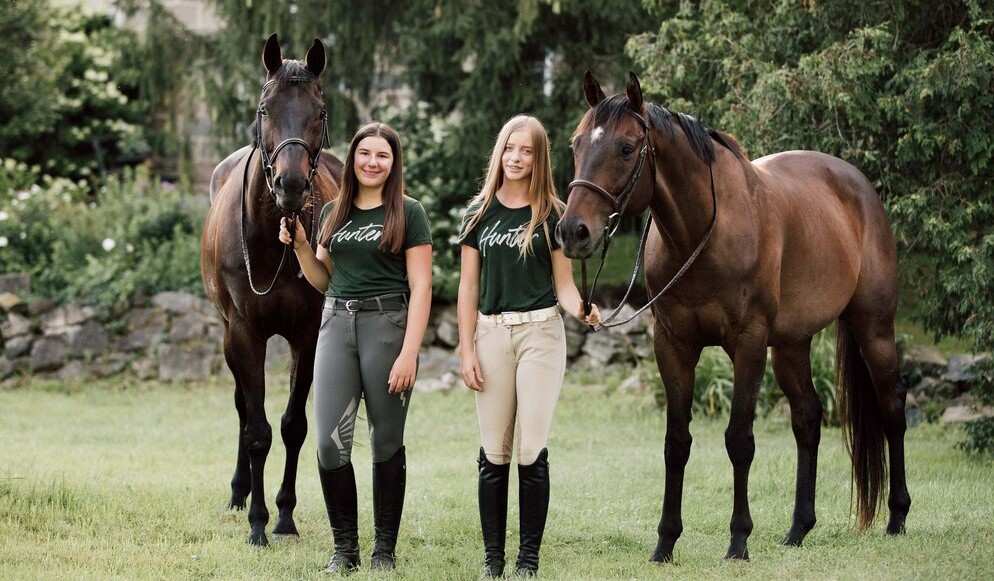The world of equestrian gear can be overwhelming, especially for new horse owners and riders. From saddles and bridles to boots and helmets, the options are almost endless. However, selecting the right equipment is crucial for both the safety and comfort of you and your horse. This comprehensive guide is designed to help you navigate through the plethora of choices, offering practical tips for selecting the best gear suited for your equestrian needs.
The Importance of Quality Equestrian Gear
Quality gear is not just about aesthetics; it plays a significant role in the safety and performance of both the rider and the horse. Poorly fitted or low-quality equipment can lead to a host of problems, including injuries, discomfort, and even behavioral issues in your horse.
Essential Equestrian Gear for Riders
Helmets
- Safety Standards: Look for helmets that meet or exceed established safety standards.
- Fit and Comfort: Ensure the helmet fits snugly but not too tightly.
Riding Boots
- Material: Leather is durable but may require breaking in, whereas synthetic materials offer instant comfort.
- Purpose: Different boots for dressage, jumping, and casual riding.
Gloves
- Material: Leather for durability, synthetic for flexibility.
- Grip: Ensure it offers a good grip without limiting hand movements.
Essential Equestrian Gear for Horses
Saddles
- Type: Choose based on your riding discipline—Western, English, Dressage, etc.
- Fit: Consult a saddle fitter for a customized fit.
Bridles and Bits
- Material: Leather is traditional, but synthetic options also exist.
- Bit Type: Choose based on your horse’s mouth anatomy and your riding style.
Horse Blankets
- Seasonal Needs: Lightweight for summer, insulated for winter.
- Fit: Should be snug but not restrictive.
Specialty Gear
Protective Boots and Wraps for Horses
- Splint Boots: Protect the legs during high-impact activities.
- Polo Wraps: Offer support during rigorous training sessions.
Show Clothing for Riders
- Show Jackets: Formal and tailored.
- Breeches: To match the discipline you’re participating in.
Tips for Buying Equestrian Gear
- Research: Read reviews, ask for recommendations, and consult experts.
- Budget: Quality gear is an investment; plan your budget accordingly.
- Fit: Always prioritize fit over style.
How to Maintain Your Gear
- Regular Cleaning: Essential for the longevity of your gear.
- Storage: Store in a cool, dry place.
- Check for Wear and Tear: Replace items that show signs of significant wear.
When to Update Your Gear
- After a Fall: Helmets should be replaced.
- Growth Spurts: Particularly important for younger riders and growing horses.
- New Discipline: Different riding styles may require different equipment.
Conclusion
Selecting the right equestrian gear is a critical part of enjoying a safe and rewarding experience with your horse. Investing time in choosing the correct equipment and maintaining it can significantly enhance your riding experience and prolong the lifespan of the gear. Whether you’re a casual rider or an aspiring professional, having the appropriate gear is non-negotiable for ensuring safety, boosting performance, and maximizing comfort.
